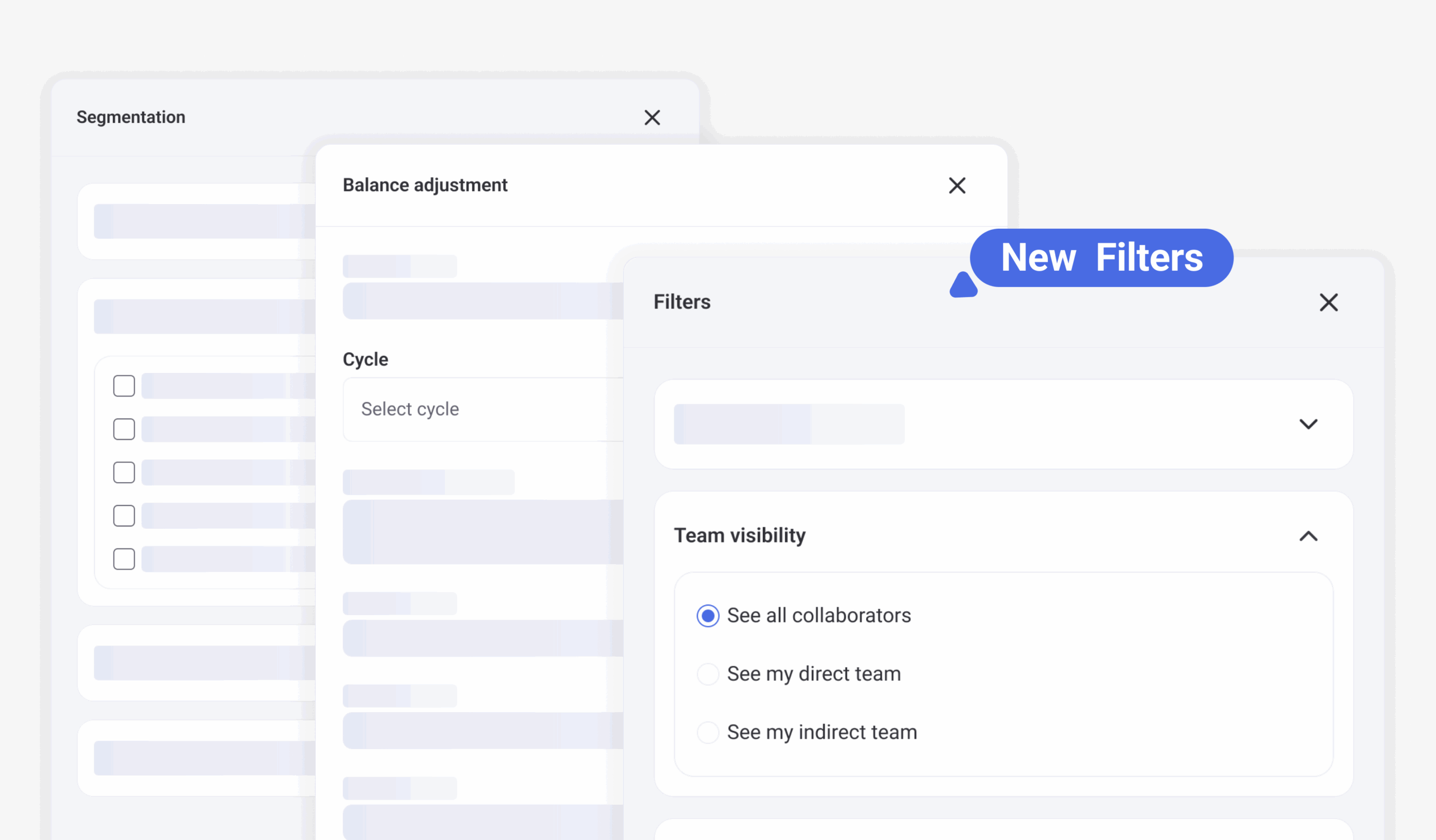The digital signature or electronic signature has revolutionized the way in which Human Resources processes are carried out in the digital era. In short, it is a technology that allows authenticating documents electronically, guaranteeing their integrity and granting legal validity. Unlike the traditional handwritten signature, the digital signature uses cryptography and digital certificates to ensure the signer’s identity and protect the information.
Advantages of Digital Signature in Human Resources
The implementation of digital signatures in Human Resources processes offers a number of significant benefits:
- Agility and efficiency: With electronic signatures, documents can be signed instantly from anywhere and at any time, eliminating the need to print, scan or physically send documents. This speeds up workflow and reduces turnaround times, resulting in more agile and efficient HR management.
- Cost savings: By reducing reliance on paper documents and physical mailing, this new way of signing, lowers the expenses associated with printing, storing and transporting documents. In addition, digital signatures eliminate the need for paper, ink and other office supplies, resulting in significant long-term savings.
- Security and confidentiality: The digital signature uses advanced cryptographic techniques to guarantee the integrity and confidentiality of the signed documents. This means that documents cannot be altered without leaving a trace and can only be accessed by authorized parties. In the field of Human Resources, this is especially relevant when handling personal and confidential employee data.
- Sustainability and environmental responsibility: By eliminating the need to print documents, electronic signatures contribute to the reduction of paper consumption and the associated environmental impact. This aligns with the sustainability and environmental responsibility policies that many companies are currently adopting.
Digital Signature Implementation in Human Resources
The successful implementation of this new technology in Human Resources processes requires proper planning and consideration of some key aspects:
- Choice of a reliable platform: It is important to select a reliable and secure electronic signature platform that meets security and legality standards. The platform should offer functionalities such as identity verification, digital certificate management and the ability to integrate with other systems used in Human Resources, such as document management systems or talent management systems.
- Training and adaptation: It is critical to train HR staff and employees in the use of this new technology. Resources and clear guides that explain the digital signature process step by step should be provided. In addition, it is important to encourage adaptation to the change and generate awareness of its benefits and security.
- Legal compliance and regulations: Before implementing digital signatures, it is necessary to ensure compliance with applicable regulations and laws. It is advisable to consult with specialized legal advisors to ensure compliance at every stage of the process.
Conclusions
The digital signature has become an essential tool to optimize Human Resources processes in the digital era. Its implementation allows streamlining workflows, reducing costs, improving security and contributing to environmental sustainability. By adopting digital signatures, companies can modernize their HR operations and offer a more agile and efficient experience for both HR staff and employees.
The digital signature is here to stay, and its adoption in HR processes is an important step towards digital transformation in organizations. With the benefits it offers, it is no wonder that more and more companies are opting for this innovative solution.






